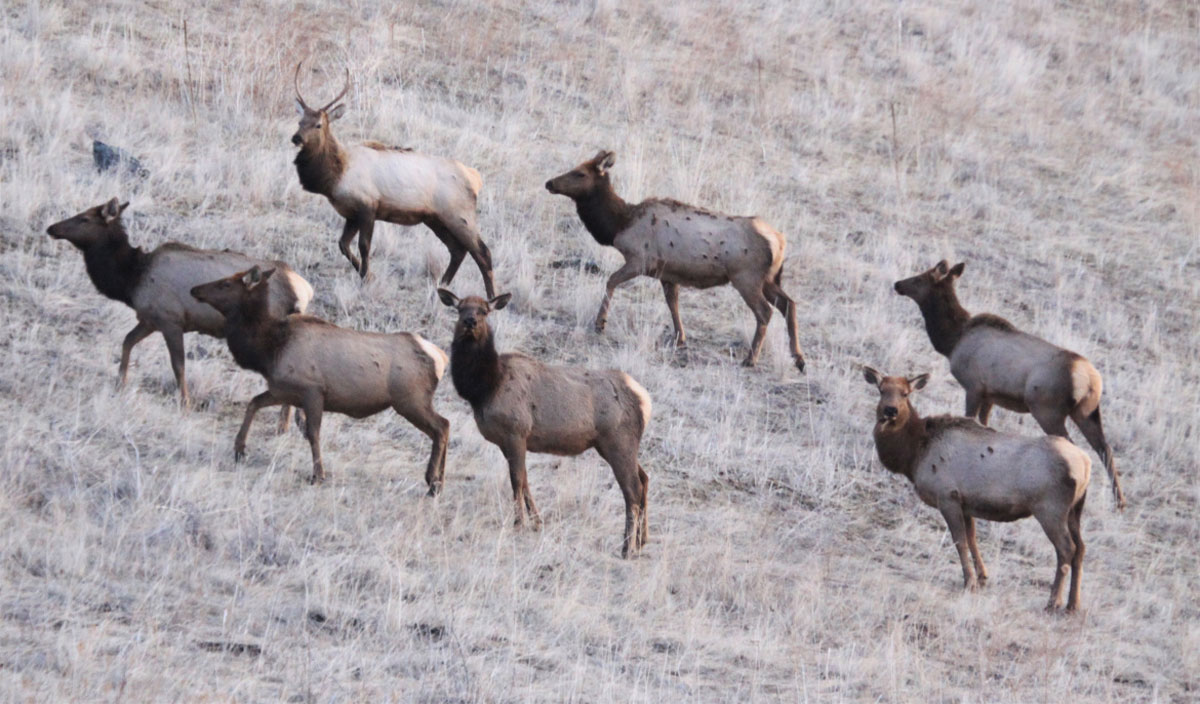A multi-year research project funded by the Rocky Mountain Elk Foundation, Idaho Department of Fish and Game and other members of the Clearwater Basin Collaborative aims to give wildlife managers a better idea how elk use habitat and what can be done to improve the landscape.
“The end goal is to have a really highly usable habitat model that land management agencies, mostly the Forest Service, can utilize to help focus and guide habitat activities, where we can really hope to get the biggest bang for the buck based on some of this habitat information,” Jerome Hansen, Clearwater Basin Collaborative member, told the Billings Gazette. “The end goal is it will make a difference and help achieve some future larger-scale habitat work on the ground.”
Elk populations in the Lolo Zone of the Clearwater Basin are ailing, having dropped from an estimated 10,000 in 1992 to less than 1,900 by 2017. Land managers point to the transformation of open grasslands to dense, overgrown forest conditions as a major factor as well as growing numbers of wolves, black bears and mountain lions.
(Photo source: Idaho Department of Fish and Game)
